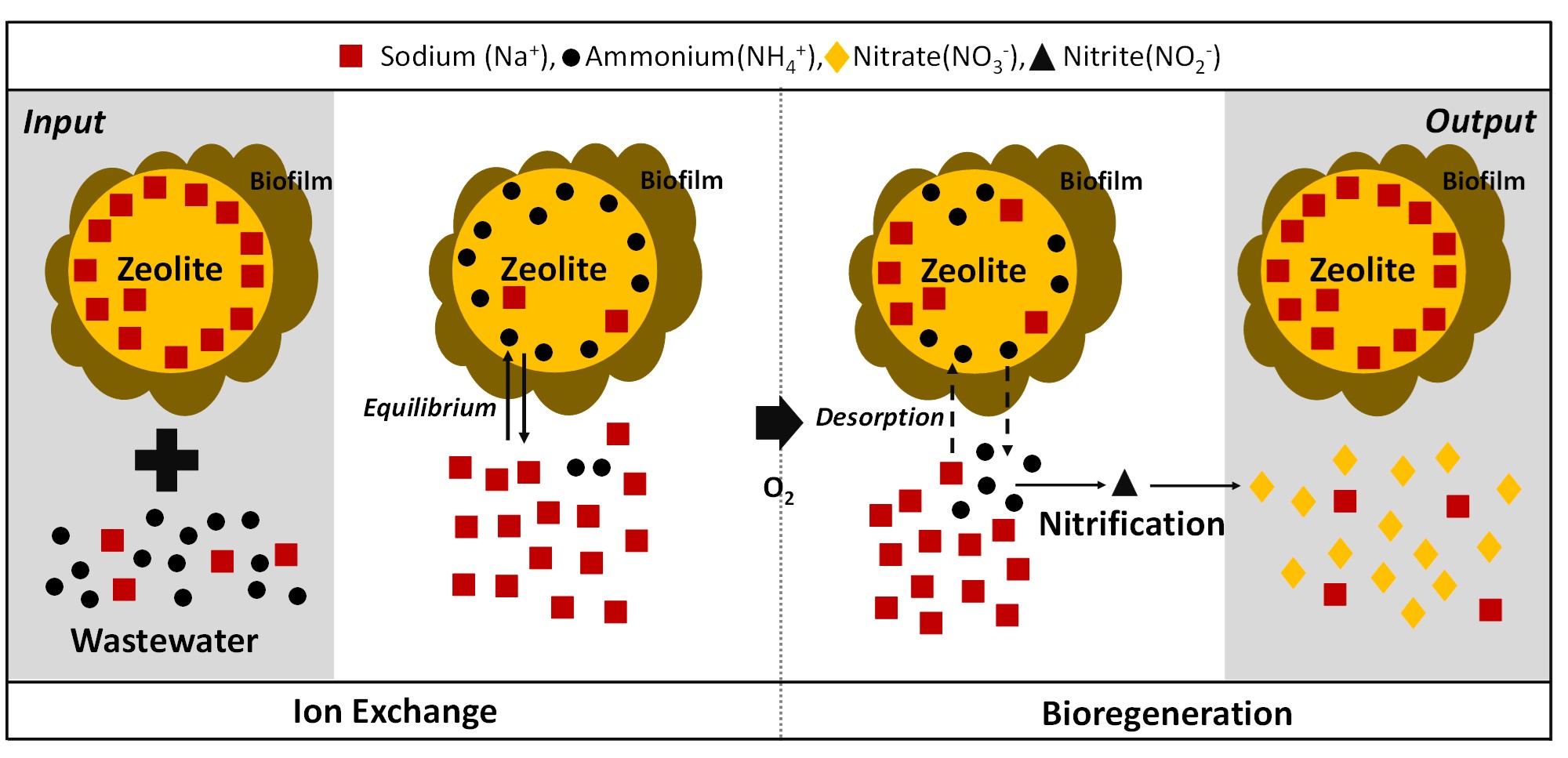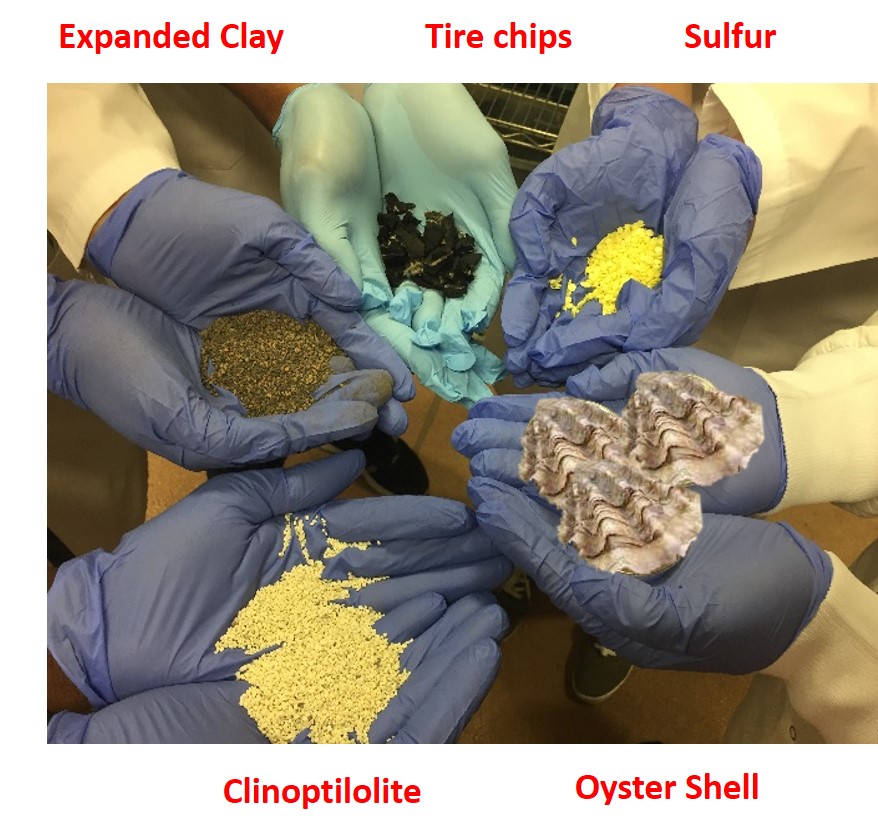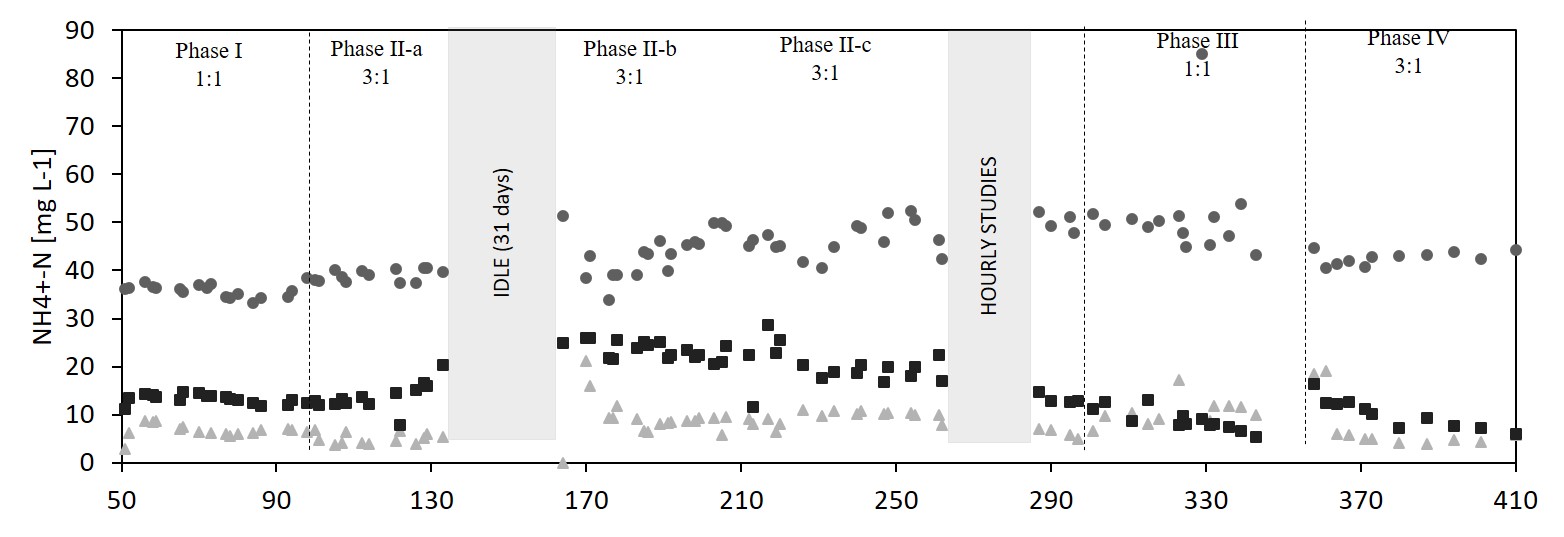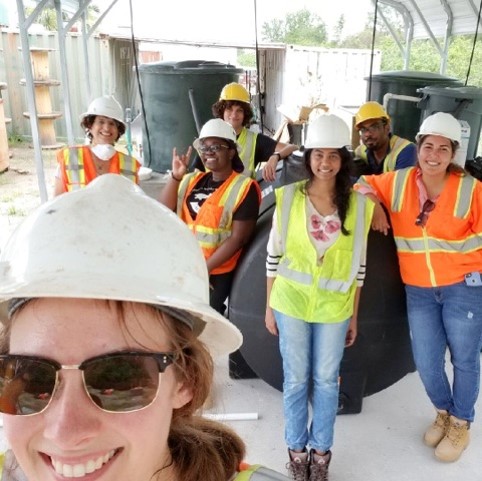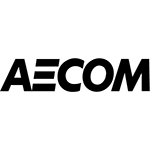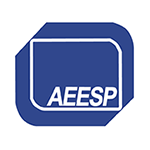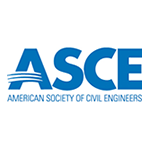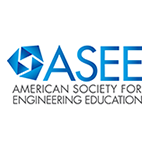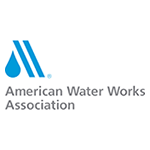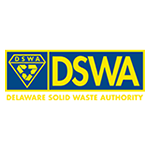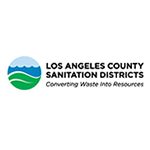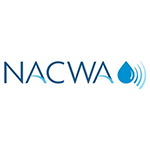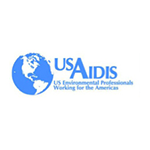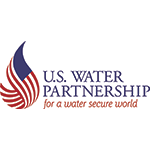- Home
- Contact Us
- News & Events
- Awards
- AAEES Awards Criteria
- 40 Under 40 Recognition Program
- Edward J.Cleary Award
- Excellence in Environmental Engineering and Science Education
- Gordon Maskew Fair Award
- Honorary Member
- International Honorary Member
- Ralph and Joe Bales Graber Science Award
- Stanley E. Kappe Award
- Environmental Communications Awards Competition
- Excellence in Environmental Engineering and Science Competition
- The AAEES Chapter Blue Marble Award
- Resources
- AAEES Microcredentials
- AAEES Press Releases
- AAEES Website How To VIdeos
- Environmental Engineer and Scientist
- Environmental Engineering Body of Knowledge
- PFAS Resources
- Specialty Examination Guide
- Students and Young Professionals Resources
- Who's Who in Environmental Engineering & Science®
- Leadership Opportunities
- Membership
- Donate
- Jobs
2020 Excellence in Environmental Engineering and Science® Awards Competition Winner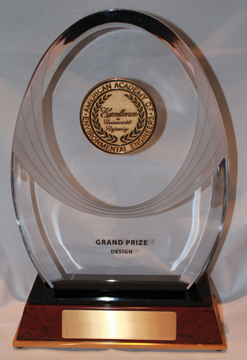
Grand Prize - University ResearchHybrid Adsorption Biological Treatment System (HABiTS) for Nitrogen Removal in Onsite Wastewater TreatmentEntrant: University of South Florida Entrant Profile
Project DescriptionIntroductionOnsite wastewater treatment systems (OWTS; aka septic systems) treat approximately 25% of US domestic wastewater and are significant sources of nutrient and fecal indicator bacteria contamination of surface and groundwater. Advanced onsite treatment technologies have been developed; however, these systems often fail because they are difficult for homeowners to operate and maintain. "Passive" biofilters have been developed that are similar in operations and maintenance (O&M) to septic systems and can be retrofitted into septic system infrastructure (Figure 1). Passively aerated nitrifying biofilters are followed by submerged denitrifying biofilters with wood chip media, which slowly releases organic carbon for denitrification. This avoids the need for forced aeration and complex chemical feed systems (e.g., for methanol). However, OWTS are challenged by diurnal loading rates and long idle periods (e.g., during vacations). This results in overloaded microbial processes during high loading rate periods and die-off of beneficial microbes during idle periods. InnovationThis project developed Hybrid Adsorption Biological Treatment Systems (HABiTS) for OWTS. A conceptual model of HABiTS is shown in Figure 2. Low cost ion exchange (IX) materials, clinoptilolite and tire chips (Figure 3), are included as biofilm carriers. When loading rates are high, excess nutrients partition to the IX media. When loading rates are low, nutrients desorb from the IX and are degraded by the biofilm. This results in a steady source of substrate to the microbial population. No fresh IX material is added and no brine waste is produced since the IX medium is "bioregenerated" by the microbes. Innovative aspects of the project include:
ResultsProof-of-concept studies tested a tire-sulfur heterotrophic-autotrophic denitrification (T-SHAD) biofilters with scrap tire, S0 and oyster shell media. Adsorption isotherms showed that scrap tire chips have an adsorption capacity of 0.66 mg NO3--N g-1. Microcosm experiments showed that scrap tires leach bioavailable organic carbon that supports mixotrophic metabolism, resulting in lower effluent SO42- concentrations than SOD. T-SHAD columns had low effluent NO3- concentrations even under highly variable NO3- loads (Figure 4). In a follow up study, transient loads of domestic wastewater were applied to bench-scale nitrification-denitrification biofilters with and without IX media. Incorporation of clinoptilolite resulted in steady low NH4+ concentrations compared to the conventional column, even during the start-up period when microbial biofilms were being established (Figure 5). Over a 15 month study, total nitrogen (TN) removal in HABiTS was significantly enhanced compared with the conventional process, particularly under high NH4+ loads. Funding from a USEPA Nutrient Center grant allowed us to carry out pilot-scale HABiTS studies at Hillsborough County's Northwest Regional Water Reclamation Facility in Tampa Florida (Figures 6). Two pilot HABiTS, with and without recirculation (Figure 7), were tested over 1.5 years. Recirculation significantly improved NH4+ removal (~85%) compared with HABiTS without recirculation (~50%; Figure 8) by reducing the organic load to the nitrifying biofilter, reduced clogging and enhanced fecal indicator bacteria removal. Consistently low effluent NO3- and NO2- concentrations were observed throughout the study. The results show that HABiTS is a low-cost, low-energy and robust process that can consistently achieve advanced secondary standards under transient loading conditions. Our team is currently carrying out economic and life cycle assessment studies of HABiTS for onsite water reuse. BenefitsOWTS provide sanitation in economically challenged rural and suburban areas and developing countries that lack access to centralized wastewater treatment facilities, financial resources or a skilled workforce. However, they are diffuse pollution sources that contaminate drinking water sources and promote eutrophication, sea grass mortality and harmful algal blooms. Application of HABiTS for OWTS has the following benefits:
The project trained 6 undergraduate and 7 graduate environmental engineering students to develop sustainable OWTS solutions (Figure 9). Three MS theses, two PhD dissertations and three peer-reviewed articles were derived from this research. Students gave presentations at regional, national and international meetings of WEF, IWA, AIChE, NEHA and SSSA. The pilot-plant served as a demonstration site, which hosted researchers, regulatory and utility staff and consulting engineers. Our team also organized a successful workshop on OWTS at the WEF Nutrient Symposium in Ft. Lauderdale Florida in 2017. Dr. Ergas guest edited a special collection of the ASCE Journal of Sustainable Water in the Built Environment on Onsite and Decentralized Wastewater Management. Figure References
Click images to enlarge in separate window. Click here to return to the list of 2020 winners. |


